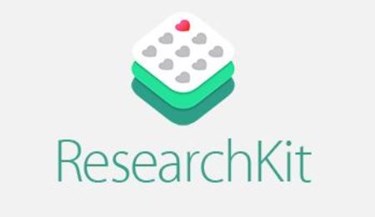Apple ResearchKit Apps Developed To Study Epilepsy, Autism, and Melanoma

Seven months after the initial launch of ResearchKit, Apple announced that three medical research institutions — Duke University, Johns Hopkins University, and Oregon Health and Sciences University (OHSU) — have introduced apps to facilitate their study of autism, epilepsy, and melanoma. According to Apple, over 50 scientists have contributed new features to ResearchKit’s design, and over 100,000 patients are currently enrolled to contribute their data to clinical studies.
ResearchKit is an open-source software framework that allows medical researchers to design studies and collect data from consenting users of iPhones and other iOS products. Added modules and features allow researchers to analyze data from accelerometers, microphones, gyroscopes, and cameras to produce more accurate portraits of illness than have ever been achieved using traditional methods.
A new app developed by Duke University will evaluate new video analysis technology that may one day be used as a screening tool for autism. The app uses facial recognition software to monitor and record emotional markers as young children watch videos on an iPhone. Researchers hope to use the videos they receive from participants to fine-tune the technology, and to create more interactive features to be incorporated in a tool that could diagnose autism sooner than is currently possible.
Using the Apple Watch in conjunction with the iPhone, Johns Hopkins has launched an app study to evaluate the symptoms of epilepsy before, during, and after seizures. Previous methods of collecting data from epilepsy patients have been unreliable, especially when the patient loses consciousness during the episode, stated the researchers in a press release.
“EpiWatch collects data that help researchers better understand epilepsy, while helping patients keep a more complete history of their seizures,” said Gregory Krauss, a professor of neurology at Johns Hopkins. “The app also provides helpful tracking of seizures, prescription medication use and drug side effects—activities that are important in helping patients manage their condition.”
Finally, researchers at OHSU have used the ResearchKit platform to design technology that will use the iPhone camera to measure and track the growth of moles over time. Using pictures from thousands of iPhone users from around the globe, researchers hope to create an algorithm that can be used to develop a screening tool for melanoma.
“Expanding our pool or research participants is a critical step in gaining the information we need. ResearchKit makes this easier than ever with the development of a simple iPhone app,” said Sancy Leachman, Chair of Dermatology and director of the Melanoma Research Program at OHSU’s Knight Cancer Institute, in a press release.
A study published in JAMA last year reported that 10 percent of all clinical trials fail to meet their enrollment goals, and a significant contributing factor is geographical distance. Because an app-based study does not require patients to be local, doctors are hopeful that this innovation, which makes trials easier and more convenient for potential participants, will lead to broader clinical studies with more diverse populations.
“Researchers have been able to get infinitely richer data sets than before,” said Bud Tribble, VP of software engineering at Apple, to Fortune. “Apple has helped accelerate medical research by creating a simple way for scientists to greatly expand the scope of their studies, and this is critical to helping researchers succeed.”
